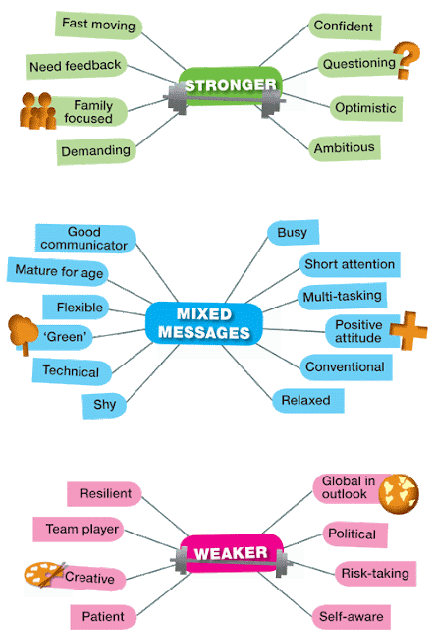Nowadays, firms are becoming more and more global. However, are consumers becoming global too?
“Human beings are not born with a set of behaviour, they have to learnit. What they learn is dictated by the culture into which they are born or within which they grow up” – J Bareham (1995)
Culture makes us similar to some people but different to the vastmajority. Culture is defined as a shared set of practices or beliefs among a group of people in a particular place and time ( Cray, 1998). The diversity among cultures is reflected not only in management but also in marketing and consumer behavior and it can take some getting used to.Marketers, analysts and consumers themselves use an awareness of culture to learn how and why consumers in a particular culture behave the way they do.
The diagram below presents a general description of the concept Culture . It answers the question that asks, what is culture?
The diagram below presents a general description of the concept Culture . It answers the question that asks, what is culture?
Culture explains why some products sell well in certain regions or among specific groups, but not as well elsewhere. Culture also affects how consumers use the products they purchase and how they dispose of them. It helps marketers position their products differently in each market. (Terpstra,2000). Consumers can examine how members of other cultures use the same products, or fulfill the same needs with different products, as a way to find more efficient, cost-effective options in the marketplace. It is very important to understand the local culture of the population of a particular area, city, country, eg: if the product does not confirm to the local culture it may not find any buyers.The growing child acquires a set of values, perceptions, preferences, and behavior through his or hr family or other key institutions.
Different perspectives exist in different cultures on several issues; e.g.:
- Symbols differ in meaning. For example, while white symbolsmeans purity in the U.S., and a symbol of death in China. Colors that are considered masculine and feminine also differ by culture.
- Religion; In 2005 France's Catholic Church won a court injunction to ban a clothing advertisement (by clothing designers Marithe and Francois Girbaud) based upon Leonardo da Vinci's Christ's Last Supper.
- All the ads about Christmas and other Christian festivities. In an Arab country, you can't expect a middle-aged devote Muslim to be favorably impressed by Santa and his deers drinking Coca-Cola; neither could you think about a Coke-drinking Muhammad as a valid substitute. They would kill you for such a blasphemy!
Table below ndicate that all cultural elements such as language, religiousbeliefs, ethnic values and aesthetics exerted considerable influence on marketingstrategies.
The Influence Of Culture On Advertising
Consumers are accustomed to the value systems, beliefs and perception processes in the particular cultures in
which they grow up. That is why marketers should understand the fundamentally different values, norms and characteristics in different cultures.
Indian advertisements:
Japanese advertisements :
US Advertisement :
The Most Common Cross-Cultural Gestures
Take the Cultural Test
 How aware are you of cultural differences in body language?
How aware are you of cultural differences in body language?Try this exercise — hold up your main hand to display the number five - do it now.
Now change it to the number two.
If you're Anglo-Saxon, there's a 96% chance you'll be holding up your middle and index fingers.
If you're European, there's a 94% chance you'll be holding up your thumb and index finger.
Europeans start counting with the number one on the thumb, two on the index finger, three on the middle finger, and so on. Anglo-Saxons count number one on the index finger, two on the middle finger and finish with five on the thumb.
References
Cray, D. & Mallory, Geoffrey R. 1998, Making Sense of Managing Culture. London: International Thompson Business Press.
Terpstra, V. and Sarathy, R. (2000) International Marketing, 8th Edition, Dryden Press.
westsidetoastmaster, CULTURAL DIFFERENCES [online] Available from :
http://westsidetoastmasters.com/resources/book_of_body_language/chap5.html [Accessed : 4.05.2011]


































